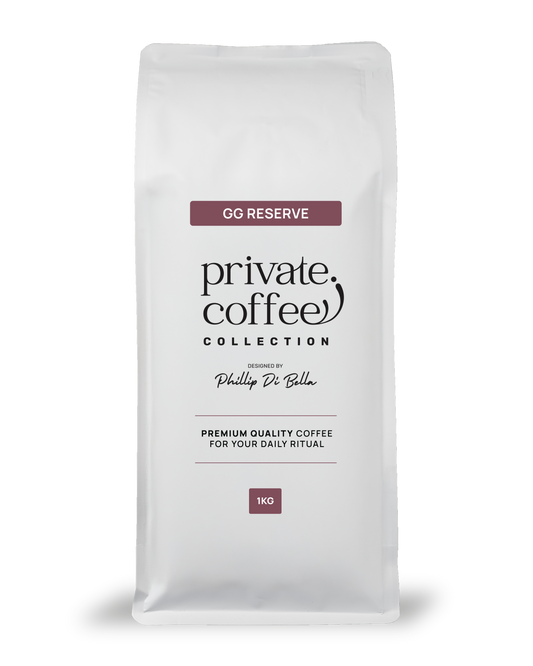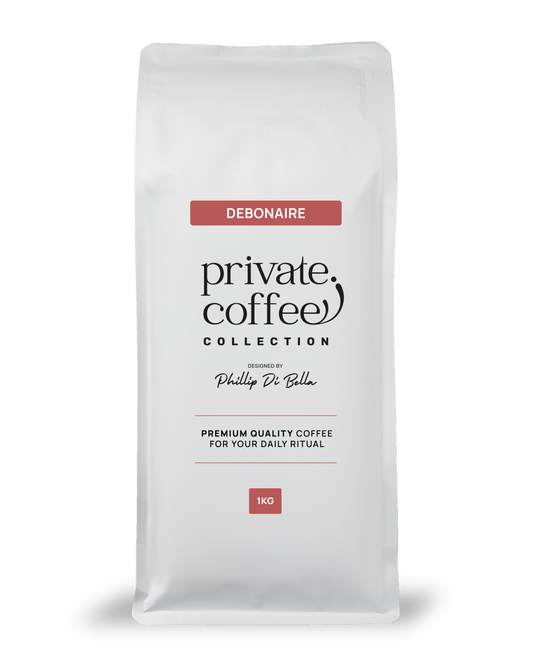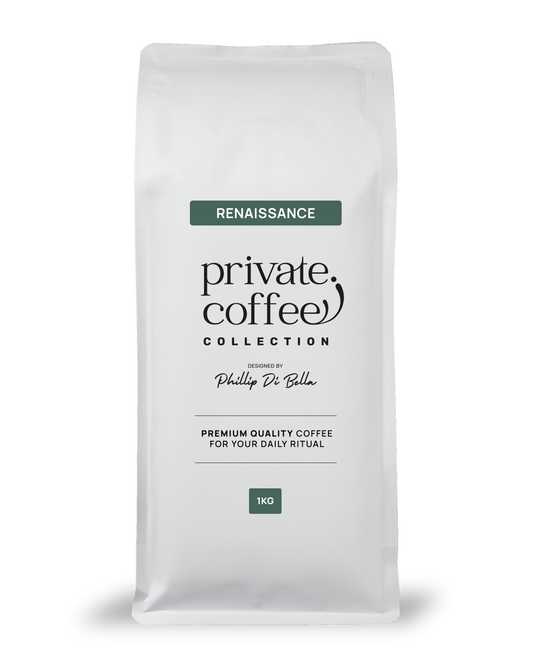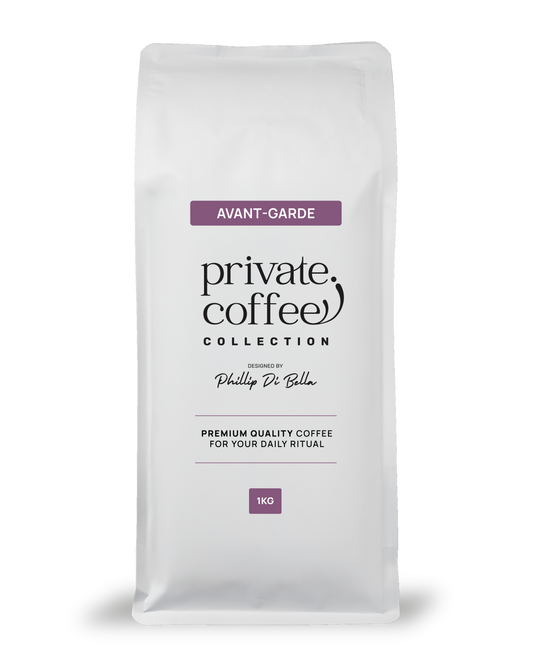Ah, coffee—the magical elixir that transforms “leave me alone” into “good morning, sunshine!” But for those of us who dive into the world of coffee roasting, there’s a little something lurking in the shadows of our beloved beans: chaff. This fluffy, papery residue may seem insignificant, but it plays a surprisingly crucial role in the roasting process. So, grab your favorite mug (filled with something delightful, I hope) and let’s explore the world of chaff together.
What is Chaff, Anyway?
Chaff is the outer layer of the coffee cherry’s seed (which we know and love as coffee beans). During the roasting process, this protective shell separates from the bean as it expands and heats up. You’ll notice it as those light, flaky bits that scatter around your roasting area, almost like confetti celebrating the transformation of green beans into the aromatic nuggets we crave.
A Brief History of Chaff
The term “chaff” goes way back in agricultural history, originally referring to the husks of grains separated during threshing. It’s a little ironic that something so lightweight and seemingly insignificant could carry so much importance. Much like that friend who always shows up with snacks but insists they’re not contributing to the party!
The Role of Chaff in Coffee Roasting
So, what’s the deal with chaff? Why do we care about this fluffy little nuisance? Here are a few reasons:
1. Flavor Development
During roasting, chaff can affect the flavor profile of your coffee. While it’s often viewed as a pesky byproduct, it can contribute to the overall aroma of the roast. If you roast with the chaff present, it might impart a slightly woody or even smoky flavor to your coffee. It’s like that friend who always adds a twist to the conversation—sometimes good, sometimes a little weird!
2. Temperature Regulation
Chaff can also play a role in temperature management during roasting. It can act as an insulator, trapping heat around the beans. This can lead to a more even roast, provided you manage it correctly. If left unchecked, though, it can also lead to uneven roasting—like that one person who hogs the conversation, leaving everyone else in the lurch.
3. Aesthetic Appeal
Let’s be real: chaff is not winning any beauty contests. But it does have an interesting role in the roasting process. Once you start to see it flutter away during roasting, it’s a sign that things are heating up. If you’re into “roast selfies,” chaff adds a dynamic touch to those dramatic photos of beans reaching their peak.
Different Ways to Deal with Chaff
Now that we’ve established what chaff is and its role in the roasting process, let’s talk about how to handle this fluffy invader. Depending on your setup and roasting style, you have several options:
1. Chaff Collectors
Many home roasters come with built-in chaff collectors, designed to capture the little buggers as they fly away. This is the easiest and cleanest method, allowing you to focus on perfecting your roast without worrying about the aftermath. It’s like having a reliable friend who always brings the right tools for the job.
2. Manual Separation
If your roaster doesn’t have a collector, you can resort to manual separation. After roasting, simply pour the beans into a bowl or container and give them a shake. The lighter chaff will float away, leaving you with beautifully roasted beans. Just don’t do this outdoors unless you’re okay with chaff turning your patio into a confetti explosion!
3. Airflow Management
For those using air roasters, the high airflow can help blow away chaff during the roasting process. This method is efficient but requires attention to detail. Too much airflow can also cool the beans too quickly, so it’s all about finding that sweet spot—much like finding the perfect roast level.
4. Post-Roasting Treatment
After roasting, let your beans rest for a bit. As they cool, some of the chaff will separate naturally. You can gently blow or shake off any remaining chaff before packaging or brewing. It’s a little like dusting off the last remnants of a wild party—always worth it to clean up a bit!
Uses for Chaff: More Than Just Waste
Believe it or not, chaff isn’t just trash—it can be repurposed in several ways! Here are some ideas for what to do with your chaff:
1. Compost Material
Chaff makes a fantastic addition to your compost pile! It adds carbon to your compost mix, helping to balance out the nitrogen-rich materials like kitchen scraps. Plus, coffee is a great attractant for worms, and who wouldn’t want to give those little guys a feast?
2. Mulch for Gardens
If you’re a gardening enthusiast, consider using chaff as mulch. It can help retain moisture in the soil, suppress weeds, and add organic matter as it breaks down. Just make sure to keep it thin so it doesn’t create a dense barrier!
3. Animal Bedding
Some farmers use chaff as bedding for small animals. It’s lightweight and absorbent, making it a cozy spot for your furry friends. Just be sure that the coffee isn’t toxic to the animals in question—while coffee chaff is generally safe, it’s always good to double-check!
4. Craft Projects
For the creatively inclined, chaff can be used in various craft projects. Think paper-making or adding texture to homemade greeting cards. You can impress your friends with your eco-friendly, coffee-themed crafts. Who knew you could be a “chaff artist”?
5. Coffee Chaff Cookies?
Okay, this one’s a stretch, but hear me out: some adventurous bakers have experimented with adding chaff to cookie recipes for added fiber and flavor. If you’re feeling bold, give it a shot and let your friends taste the “chaff effect.” Just be ready for the inevitable comments about how they can “taste the chaff.”
Honestly I can't find a good recipe that uses chaff, so if you have one reach out!
Conclusion
Chaff may seem like an annoying byproduct of coffee roasting, but it plays a vital role in flavor, temperature control, and even aesthetics. Whether you choose to collect it, manage it, or repurpose it, understanding its significance can elevate your coffee roasting game to new heights.
So, the next time you find yourself surrounded by a flurry of chaff, remember that it’s not just a nuisance—it’s a testament to your coffee roasting journey! Now, go forth and roast with confidence, and maybe even share some of your newfound knowledge with fellow coffee enthusiasts. After all, knowledge is power, and so is a good cup of coffee. Cheers! ☕️






